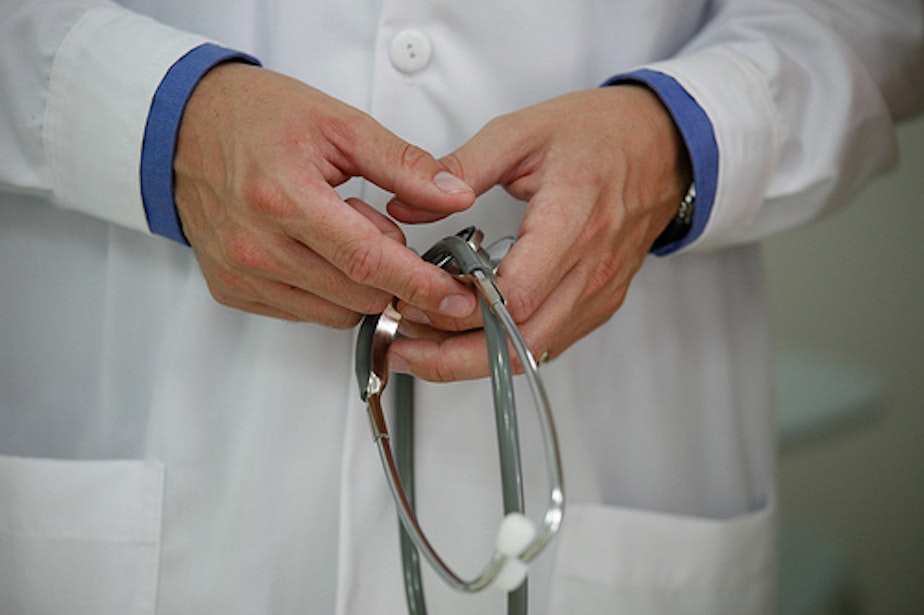State Reports Drop In Unnecessary Emergency Room Use

A preliminary report from the Washington State Hospital Association shows that emergency room visits by frequent users fell by 23 percent between June and October of last year.
Last year the Washington State Heath Care Authority began cracking down on unnecessary ER visits by Medicaid patients in an effort to reduce costs. Hospitals and ER doctors pushed back and sued the state.
In the end, both sides came up with a compromise. Hospitals would take steps to address the issue. If their efforts failed, the state would step in and make drastic changes.
Some of the changes that hospitals made have given ER doctors online access to patients’ medical records. This access gives doctors a broader view of the patient’s medical history. It also allows them to see if the patient has visited other ERs and what treatment has been ordered. This avoids duplicate tests.
The doctors also agreed to sign up with the state’s Prescription Monitoring Program. This allows them to see what kind of drugs have been ordered for patients. The intent is to reduce the over-prescription of narcotics and to winnow out people who are shopping for drugs.
Sponsored
So far, these efforts are working and ER overuse is dropping.
Mary Lindeblad is acting director of the state’s Health Care Authority, the agency that administers the Medicaid program. She says the changes have made other impacts, too.
"The implementation of these best practices has been a success. It’s improving the quality and the timeliness of care for patients and it’s saving doctors’ and nurses’ precious time and effort. In addition, it is saving dollars for the state and the Medicaid program,” she said.
Lindeblad estimates the improvements will save the state up to $31 million by the end of the fiscal year.
Even with these improvements, hospitals and state officials agree more work needs to be done.
Sponsored
There are still some persistent problems that bring people to the emergency room. For example, there is a lack of dental coverage for Medicaid patients. Without preventive care, many end up in the ER with a dental emergency that the ER is not equipped to handle. Still, state officials find the initial results promising and hope to expand the program to other public health programs.

